I got a nice CDV700 today, the newer model that uses 4xLR20 (D) 1.5V Batteries .
“CD-V700 radiation survey meter is a sensitive low-range instrument that can be used to measure gamma radiation and detect beta radiation. It is recommended for (1) monitoring of personnel, food and water when used in a shielded facility or an area of low radiation background, and (2) follow-up monitoring or areas for human habitation and food production. The instrument is also used in training programs where low radiation dose rates are encountered. “
(From Radiological Defense Planning & Operations Guide SM-11.23.2 Revised March 1967)
The case was a bit scratched, but checking the Counter with the left side Radioactive source, showed 0.22mR/h on the 10X Scale meaning 2.2mR/h, so good to see it is still calibrated and working correctly.
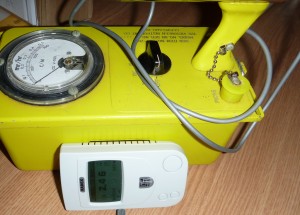
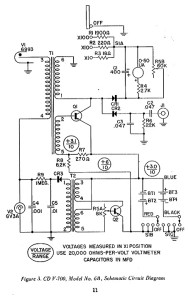
The emissions of the Check Source were double checked with a modern Radex 1706 dosimeter, details that can be seen in the picture above 2.46uSv = 0.246mR (because 1mRem = 10uSv).
Good thing to have a Radioactive Check Source, however I prefer to keep dangerous things away, so my idea was to cover the Check Source area with a Lead Shield. An online article, indicated the check source for this model (Victoreen CDV700 6B) is Depleted Uranium and the emissions are as follows:
Depleted uranium consists primarily of the radionuclides uranium-238 (with a half-life of 4.5 billion years), thorium-234 (with a half-life of 24 days), and protactinium-234m (with a half-life of one minute). There is also a small quantity of uranium-235 present (about 2% of the activity of the U-238), and an even smaller quantity of uranium-234. Like a Ra DEF source, a DU source emits two beta particles for every alpha. The most prominent gamma rays emitted by DU are at 63 keV (thorium-234), 93 keV (thorium-234), 186 keV (uranium-235) and 1001 keV (protactinium-234m).
At 5 cm away, the DU source still produces a 0.20uSV indication on the Radex 1706, that would be 0.1mRem.
Should see if the radiant energy calculations correspond to these numbers.
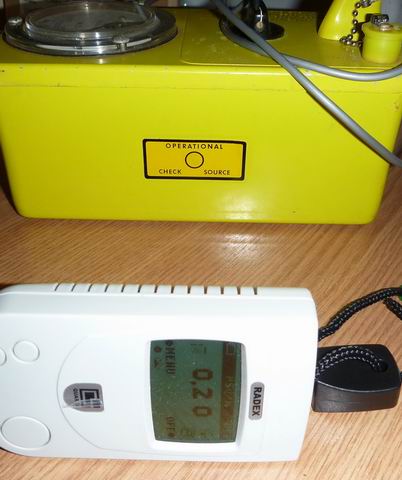
Shielding the Check Source
I want the Check Source but only for a few tests. So I decided to cover it with a Lead Shield. First, I had to melt a few small pieces of Lead and have everything in a nice plate shape, good to put in front of the DU.
I used a small aluminum foil recipient to host the melted lead (since aluminum has a higher melting point) , my butane torch (that can give > 1000° C) and a screw driver to mix the content:
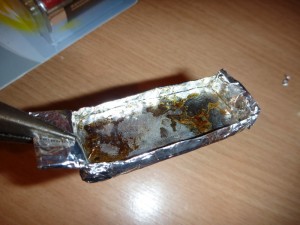
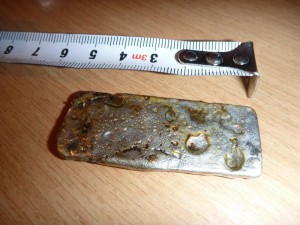
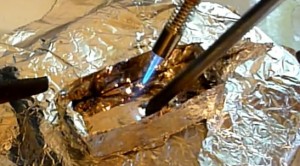
I placed this Lead Shield over the Check Source area and the radiation was completely blocked.
The Audio Connector Mod
The CDV700 6B has a built in audio connector, but it is old and unusable. So I took it off and simply connected a modern 3.5mm audio jack so I could plug in any headset currently available.
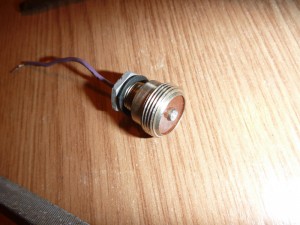
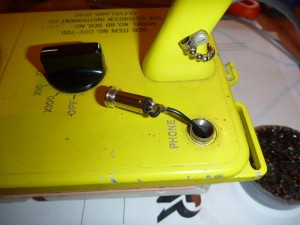
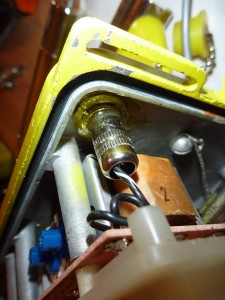
And it works! 🙂
The BNC Connector Mod
The Geiger Muller probe is connected to the CDV 700 via a coaxial cable. However this cable is directly connected to the device and cannot be unplugged.
My idea was to add a BNC connector so I could disconnect the probe or connect other probes easy.
After removing the cable, directly soldered to the circuit board of the CDV700, I had to drill a hole and force-insert the BNC connector. On the loose cable I added the corresponding connector as well.
Here’s the result:
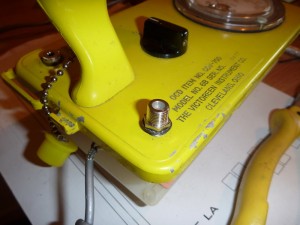
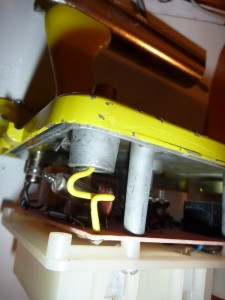
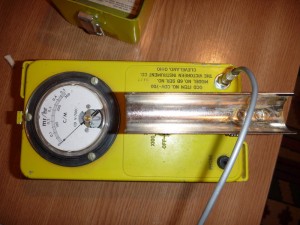
A quick test shows there are no signal losses and everything runs good as before.
The result
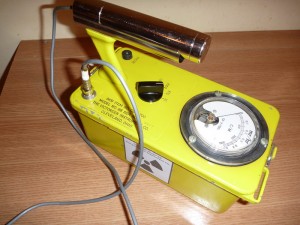
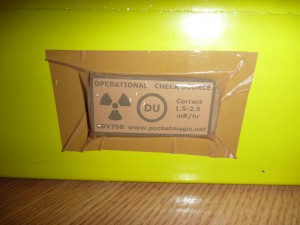
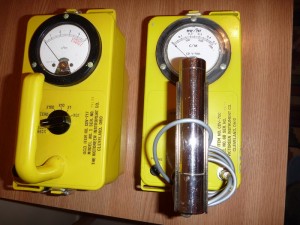
The last picture shows the CDV717 , a Huge dosimeter based on a ionization chamber, that is unfortunately calibrated for enormous amounts of radiation , making it useless for my experiments. Someone said the CDV717 actually measures how dead you already are, a good joke indeed.
The schematics for the CDV700 and a few circuit pics are attached below:
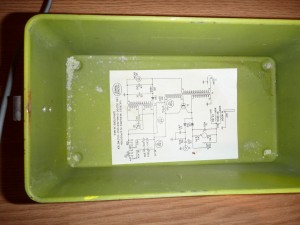
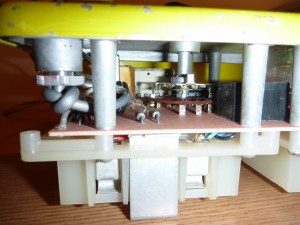
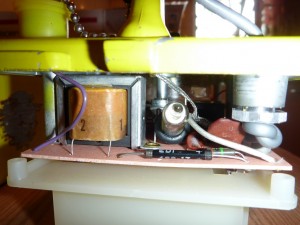
According to this source:
Various ,,6993″ Geiger-Müller Tubes were used in the CD V-700 (Anton, Lionel, Victoreen, EON). Only the Chatham CD V-700 model 3 uses an Amperex 85NB / 6980. These GM tubes need 900 Volts to work and they are filled with Halogen gas. Instrument accuracy on any of its three ranges is within ± 10% of the true dose rate from Cobalt 60 gamma radiation. This accuracy is maintained throughout a temperature range of -28° C to +51° C, and at altitudes from sea level to 7600 meters. The CD V-700 used also a headset (4000 Ohm) for audible detection of radiation. The newest models produced were the 6Bs

This article has 3 Comments